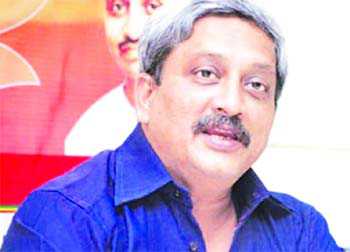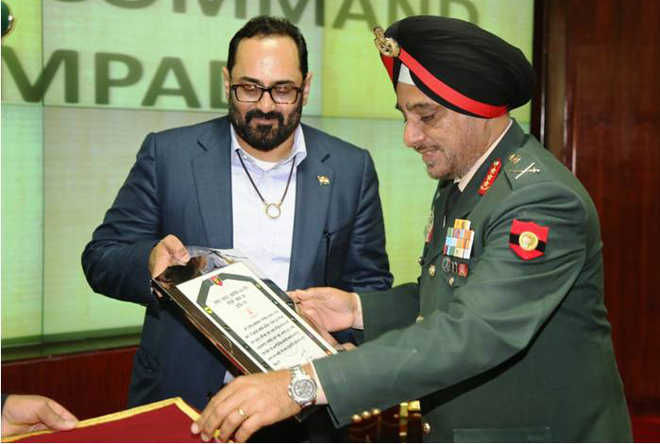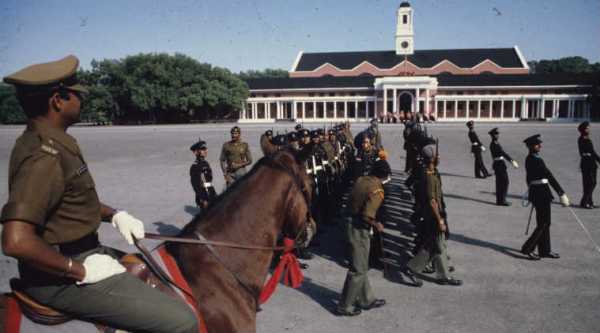
Manohar Parrikar
Ajay Banerjee
Tribune News Service
New Delhi, February 23
The Defence Acquisition Council today asked the three services — Army, Navy and Air Force — to review and cancel all pending acquisition proposals that have lost “contemporary relevance”.Defence Minister Manohar Parrikar, who chaired the council meeting today, reviewed the progress of acquisition projects approved by it. It was found that since June 2014, when the Narendra Modi-led government came to power, 81 acquisition projects worth Rs1.5 lakh crore ($23 billion) have matured — meaning either the contract has been signed or the order has been placed. Much of this is under the Make in India category.Parrikar said 314 pending acquisition projects lost relevance as technologies had changed. These projects came up to the council but were not cleared. After taking over as the Defence Minister, Parrikar had promised changes in approach to acquire weapons and equipment. It’s under the same plan that he has speeded up matters. Of these projects, 86 are in final stage of clearance and Parrikar has asked the services to speed up matters and get these cleared over the next four or five months.Almost all Defence purchases typically take over at least five years to fructify and go through several phases starting from tendering to equipment and technical trails and commercial negotiations etc.Despite the recent effort of the Modi government to prioritise defence equipment manufacturing in India, under the “Make in India” programme, India continues to be the biggest importer of military hardware in the world according to a report of the Stockholm International Peace Research Institute (SIPRI) released on Monday.Aggressive changes in defence equipment manufacturing policy, more cooperation and coordination between the forces, the private sector, Defence Public Sector Undertakings, assured orders for the private sector and grants for designing and developing military hardware are some of the steps the government has unveiled recently to kick-start defence equipment manufacturing in India.The government hopes these changes will start showing results in the next five years, dramatically reducing foreign exchange outflow and make India a defence manufacturing hub as well.
Defence Acquisition Council meets
- At the Defence Acquisition Council meeting, Manohar Parrikar (pic) said 314 pending acquisition projects lost relevance as technologies had changed
- After taking over as the Defence Minister, Parrikar had promised changes in approach to acquire weapons and equipment. It’s under the same plan that he has speeded up matters
- Of these projects, 86 are in final stage of clearance and Parrikar has asked the services to speed up matters and get these cleared over the next four or five months














 UPSC CDS Result II: The original Certificates are to be submitted within two weeks of completion of the SSB interview and not later than 13th May, 2016 (1st August, 2016 in case of SSC only)
UPSC CDS Result II: The original Certificates are to be submitted within two weeks of completion of the SSB interview and not later than 13th May, 2016 (1st August, 2016 in case of SSC only)























































